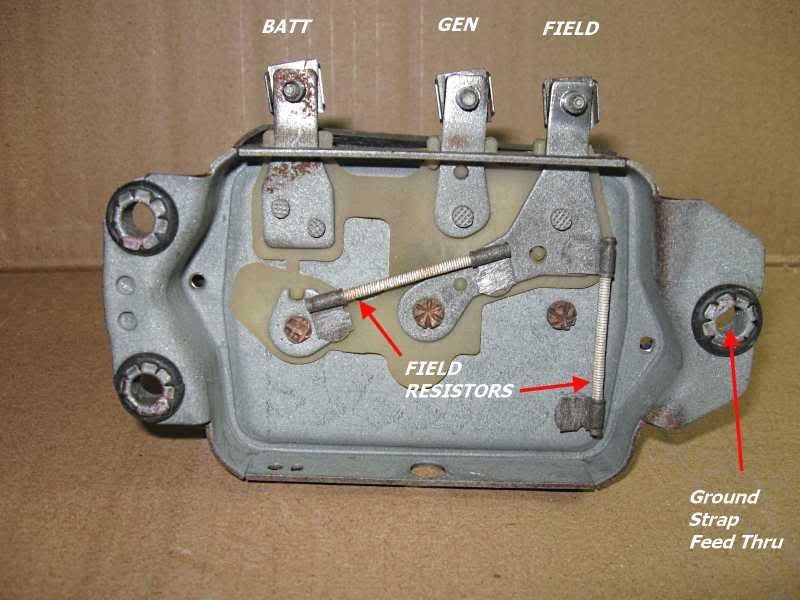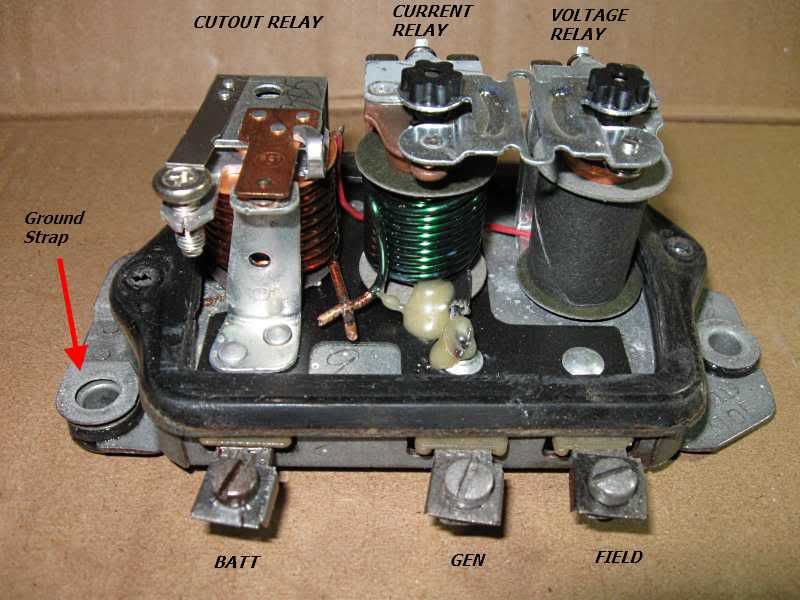The relay contact that you are opening manually should open by itself under one of two different conditions, either an
OVER VOLTAGE or an
OVER CURRENT condition.
The voltage / current
relay has two independent coils in the relay winding. The first coil of magnetic wire is of very small diameter wire and several hundred wraps of this wire. This winding will pull the relay contacts apart when a certain VOLTAGE is present across this winding. So if the battery charge voltage goes over - say - 14 volts, the relay opens up at 14 volts and stops the SG motor from over charging to the battery.
The second winding in this same relay is a much heavier gauge wire - like 14 gauge house wiring. This winding passes all the CURRENT from the SG motor to the tractor components (battery, ignition, etc). If the amount of current thru this winding produces enough magnetism to pull apart the same relay contacts, the SG motor is then protected against an OVER CURRENT condition and keeps the SG motor from burning out.
So either over voltage or over current will trigger that same relay contact to open and shut down the SG motor charge. In real life, the SG motor does not shut off but goes to a "low output" condition. When the volt / current relay opens. a high wattage resistor is placed in series with the F terminal on the SG motor. This resistor causes the SG motor to output a lower voltage than when the relay contacts short the F terminal to ground. With this "idling resistor" in the circuit, the SG motor does electrically slam on and off - it goes between full on and half on. This saves stress on the SG motor and electrical components in the tractor.
The "idling resistor" is placed on the underside of the regulator assy


FYI - the reg pictured above is a three relay setup - one for cutout, one for over voltage and one for over current. Cub regs only have two relays and combine the over current and over voltage relays into one relay.